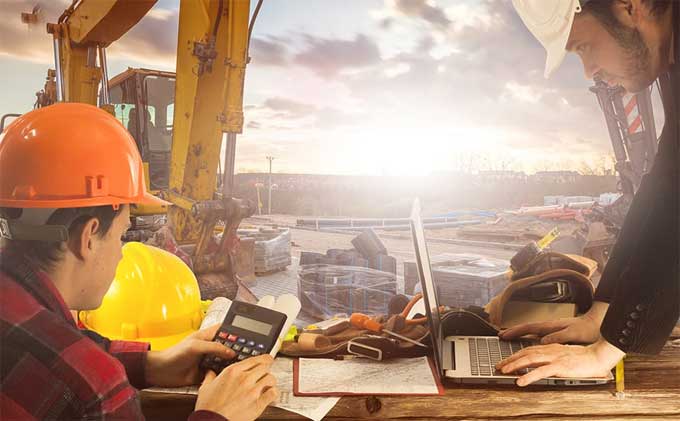
How to manage Construction Equipment on your site in 3 easy steps

It's no secret that the equipment used by construction firms is complex, expensive, and vital to completing projects on time. Large construction companies spend tens of thousands of dollars, if not millions, on equipment, even for smaller companies.
The cost of such equipment may take years to recover, but it can severely hinder the work if it is not installed, maintained, or used properly. Equipment downtime malfunctions, overheating, and workplace injuries can result from this, including premature machine death.
Equipment on your Construction Sites
Damage
There will always be some damage to your equipment. It is important to inspect the assets before loading them onto the truck as part of the pickup and return process.
There should be no dispute regarding who owned the damaged equipment if your job sites signed off on the equipment's condition upon delivery. Labor and parts charges should bill to the job site. Your company's policies and procedures determine whether you charge for revenue lost during downtime.
Utilization
You can now track and manage equipment usage by both time and dollar by tracking every delivery and pickup. The best way to determine who your star performers are is to review your fleet.
Maintenance
You must maintain and inspect your equipment regularly throughout its lifespan. Maintaining your assets on an ongoing basis is essential to ensure their longevity. It may be necessary to schedule maintenance for specific intervals of time, such as every six months, every hundred days on a contract, or every 200 hours on a meter, depending on the type of equipment. It doesn't matter which method you choose. Recording maintenance steps with a mobile or desktop will make your techs more efficient.
Traceability
Allocation & Delivery
No matter how you handle requests for deployment and allocation of equipment, you must have a distinct process in place to manage it. You could use a requisitioning system to trigger demand or have a central equipment desk handle requests. Requests are not only for equipment but can also become orders for tools, additional services, and consumables. Following the receipt of a requisition and the ordering of a specific asset, fulfillment occurs.
Creating trucks and associated journeys is the best way to manage a full logistics process. It is also possible to arrange external trucking services to track and pay for through your system. Have your drivers sign off on a mobile app at the loading time, if you don't already have one in place, so you know where your equipment is and how long it will remain. The equipment is digitally signed once it reaches the worksite and the charging period begins.
Pickup & Return
It is easy to handle pickups and returns by following the two previous sections. Due to the requisitioning and fulfillment process, you have implemented. You can see where and when equipment is located at your job sites so you can quickly determine what equipment is not in use and request a pickup to stop further charges.
In this way, your equipment will no longer sit unused at a job site because someone forgot it was there or thought someone would come to get it.
Charges & Orders Control
Seeing each project site as a customer will allow you to recognize its unique challenges and needs. When managing charges and equipment orders, you should also consider this. The key here is flexibility because no one way will work for every job site.
To learn more, watch the following video tutorial.
Video Source: 3G School of Entrepreneurship
It's possible to have separate billing information for each job site or project. An excavator may have a standard internal rate, but if the site is remote or there are many construction projects in a particular region, the rate may be higher. The rate should control according to a range of factors, including hours, days, weeks, months, excess hours, and duration. In the end, flexibility gives you complete control over the process.
Conclusion
You'll want to treat each job site as an individual customer if you want to mobilize and deploy your own tools and equipment efficiently. In an internal rental company, you can manage the allocation and movement of customers by associating each customer with a specific project. Invoices aren't necessary but it allows you to track job site costs, mobilization, assets, utilization, and charging.

Image Courtesy: comparesoft.com

